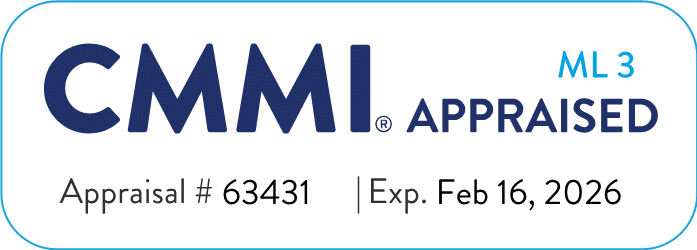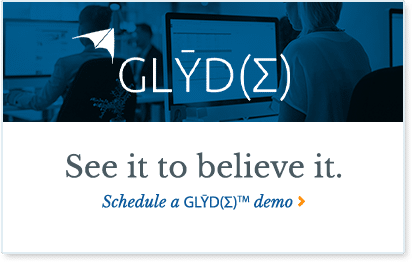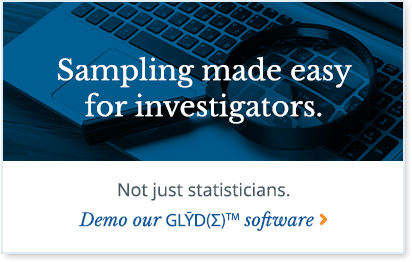The U.S. Department of Health and Human Services (HHS) Office of Inspector General (OIG) issued an audit report to the Centers for Medicare & Medicaid Services (CMS) in February 2015 that illustrates how an audit team can achieve more significant results by simply digging deeper. The report entitled CMS Made Payments Associated With Providers After Referring Individual Providers Debts to the Department of the Treasury for Collection (A-02-12-01008) provides an vivid example of how an audit team can achieve more significant results from the audit process.
This article aims to summarize this CMS audit report and illustrate the value of digging deeper, like peeling back the layers of an onion, to achieve significant results.
Looking for Claims Audit Help?
Peeling Back the Layers: CMS Physician Payment Data
The HHS OIG conducted the aforementioned audit as a follow up to a prior audit (A-02-11-01007), both of which dealt with issues of improper payments. The follow up audit examined the extent to which CMS payments to physicians occurred even after CMS referred those physicians to the Department of the Treasury for the collection of overpayments. Said another way, the audit team was examining whether and to what extent CMS was paying physicians who owed CMS money.
After peeling the first layer, the CMS payment data showed that CMS paid five physicians a total of $317,134 even after referring those physicians to the Treasury for collection. Even though these five physicians owed CMS money, CMS paid them money.
But the audit team did not stop there. They peeled an additional layer and examined whether CMS made payments to entities for services that physicians – referred for collection – had performed. What did the CMS payment data show? CMS paid entities $10,417,792 for services that 21 providers – referred for collection – had performed. This result is 33 times greater than the amount the audit team identified by determining direct payments to physicians referred for collection.
But the audit team peeled even further. The CMS payment data showed that 13 of the physicians had an ownership interest and/or managing control over the entity that received the Medicare payments. Physicians with an ownership interest and/or managing control stand to benefit more directly in payments made to the entity.
The HHS OIG noted that at the time CMS made these payments, rules were not in place to prevent them. However, the CMS audit report noted that CMS had published a proposed rule that could prevent such entities from enrolling in Medicare, which could prevent at least some of these payments in the future.
Had the Audit Team Stopped Too Soon, They Might Have Missed CMS Payments to Physicians Worth Highlighting
CMS is required to report periodically information on improper payments to HHS OIG. The HHS OIG could have compiled the information it received from CMS with information it received from other agencies, submitted the results to the Office of Management and Budget (OMB), and stopped there. But it did not stop there….
The audit team could have dug deeper into whether and to what extent CMS was paying physicians it had referred to the Treasury for collection (which raises the interesting question of why CMS is paying physicians that owe it money) and stopped with that CMS audit finding. But it did not stop there….
The audit team could have dug deeper still into whether CMS was paying entities for services that physicians referred for collection had performed (which again raises they interesting question of why CMS is indirectly paying physicians that owe it money) and stopped at that CMS audit finding. But it did not stop there….
The audit team dug further still, developing the CMS audit finding that 13 physicians had an ownership interest and/or managing control over the entity that was receiving the payments. Each of these additional CMS audit findings further supports the need for change.
So What Did the HHS OIG Achieve by Digging Deeper?
- The audit team identified CMS payments that directly or indirectly benefited physicians CMS had referred to the Treasury for collection, a result that the team would not have achieved had it merely forwarded the improper payment information to OMB.
- The audit team identified payments to entities that were 33 times greater than the team would have identified had it stopped at examining payments made directly to physicians referred for collection.
- Finally, the audit team identified payments made to entities over which 13 physicians had an ownership interest and/or managing control, a relationship that could directly benefit the identified physicians.
The professionals at Integrity Management Services have appreciated the opportunity to share with you our assessment of this audit report. We see benefit in evaluating the work of others as we strive to improve our own craft, and hope you have benefited as well. We look forward to sharing with you other reports in the coming weeks and months.
We are passionate about audit and evaluation. Feel free to contact us today and let us meet all your audit, evaluation, or training needs.











